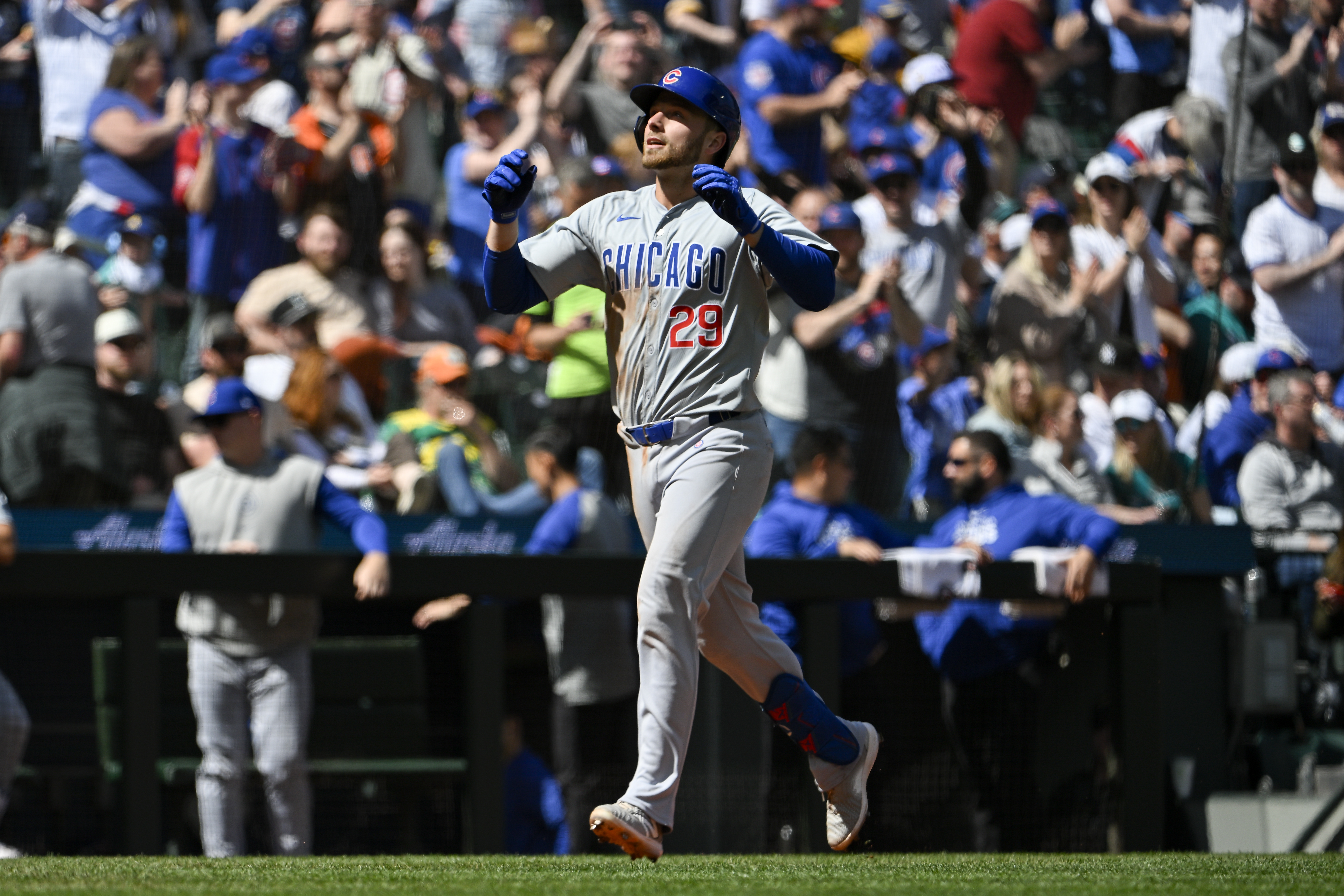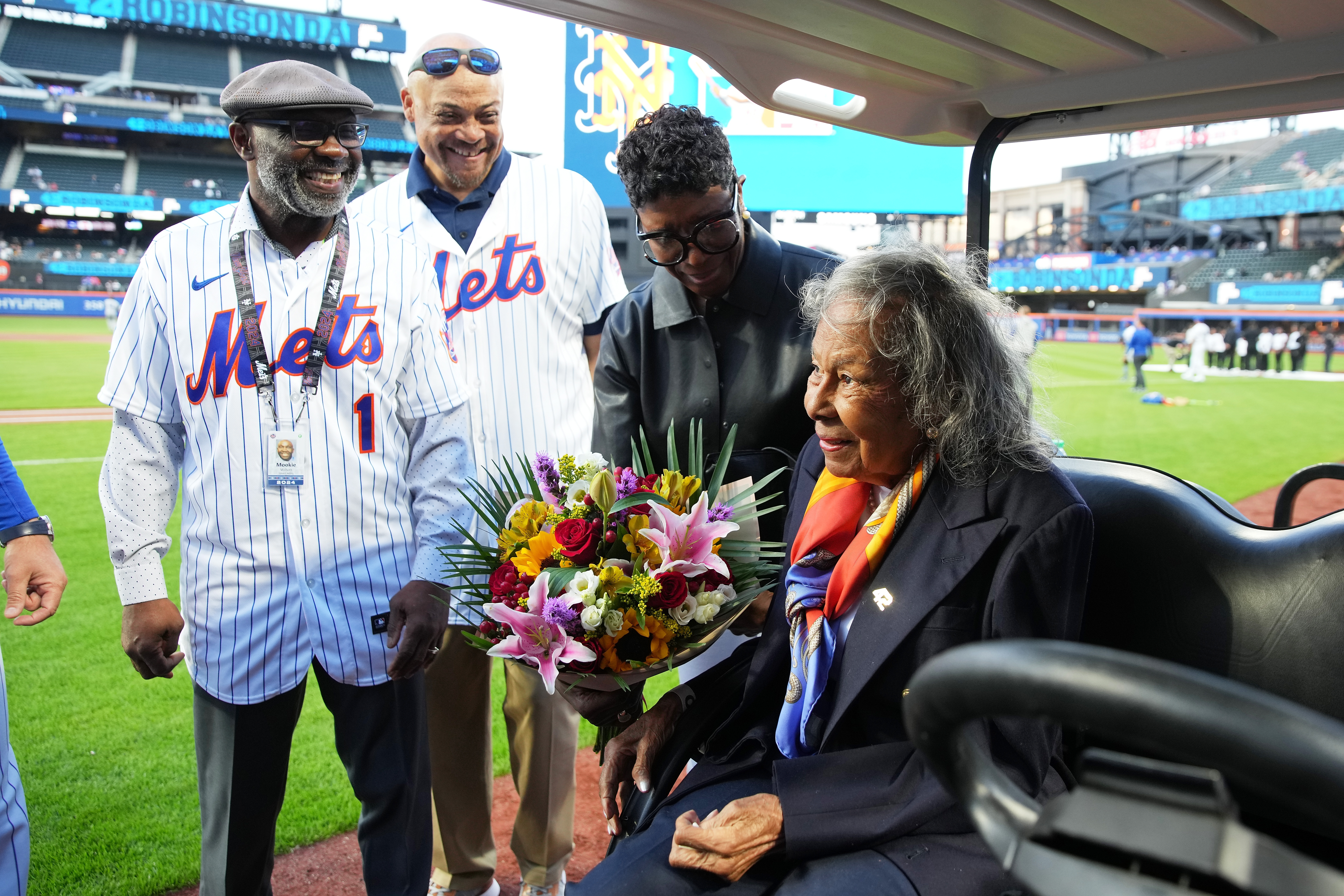
It is one thing to be traded, it is another thing to adjust to life on the other side with a new organization.
The offseason after I was traded from the Cubs to the Phillies, my professional life shifted from the familiar with the Cubs, to learning a new team with the Phillies. Once the media interest slowed, one of the first questions I had to answer that offseason was what number I wanted.
Lenny Dysktra, aka “Nails,” was still hanging on as the Phillies center fielder but he was battling a back issue. I had to win the job, which was the only way I thought to approach it. But I wanted a single-digit number and with the Cubs I had “1” (before Lance “One Dog” Johnson took it off of my back) and “8,” which was kind of just assigned to me.
I am not counting “31” when I first was in spring training camp after Greg Maddux was in Atlanta. I would settle on “6” which was my number for the rest of my career with the Phillies and the Rangers (other than my return to the Cubs in 2003.)
After the loss of my grandfather, I had been gaining optimism with each passing day in the offseason of the trade. I realized that I would be entering the organization that framed my childhood. Mike Schmidt, Steve Carlton, Garry Maddox were my favorite players and I now had a chance to be part of my childhood as a player.
That is such a rare opportunity; the sting of being sent away from the Cubs grew into opportunity, even thanks for moving me from behind so many outfielders on the depth chart.
I had gotten my first major league hit in Veterans Stadium playing against the Phillies in my rookie season, so it was special to forge that next chapter as a maturing player with a lot to prove. This consumed my offseason. I was itching to go and get down to camp early to start getting to know my new team, new staff. And Clearwater in January was a lot better than Philly or New Jersey winters.
MLB
Yet my becoming a starter was not automatic.
When you are traded, especially before you have an established a major league track record, you are starting over. Your work ethic, your relationships, your coachability are all being re-evaluated. But as you are writing a new profile, before the season starts, you have to sign a contract.
Since I was not eligible for arbitration yet (which kicks in after three years of MLB service, and I only had less than two years of service – see Kris Bryant circa 2016), I was at the mercy of what the team was willing the pay. The only hesitation a team has in just offering the minimum salary every year before you get to arbitration is that this will not look good if you do go all the way to arbitration.
Arbitration is when you can argue a case for your value. You make your case, then the team makes their case and a ruling is made for one side or the other. There is no gray area; the ruling may consider that the team was underpaying you if they had lowballed you time and time again when they had control over you.
In my case, I was coming off my second year by hitting .300, in over 450 at bats, so it would be hard to justify my making at or near the minimum for a third year in a row.
This is where your agent comes into play. Part of the key aspects of having an agent is that they know the market. They know what everyone is making and where you fit into the class of values. When it came time to negotiate with my new team, the Phillies, I was told through my agent’s research that I was worth more than my original offer.
But instead of the Le’Veon Bell hold-out approach, (especially given I was not a franchise player), all I could do is not sign and let the Phillies “renew” me, which is another way to say they decide the number and you have to take it (see Andre Dawson MVP season).
This was not the way I wanted to start my career with a new organization, but I trusted my agent, Arn Tellem, and since the staring contest spilled into spring training, then Phillies GM, Ed Wade, pulled me aside in the dugout before a spring training game to clear the air and express support. I reciprocated the sentiment.
We agreed to let the renewal ride and play ball in hopes that one day, I would be back to the table after some successful seasons and we would work together for years to come.
When that season ended, I made some strides in my first full season as a starter tape to tape. Ed Wade, my agent and I would be back to the table to work out a long-term deal. Although I had a horrible September, I played in 158 games and led the National League in at bats and racked up 189 hits. That led to one of the wilder offseasons of my career.
Negotiating a multi-year contract, which when I heard it was in the works, was its own kind of stress in-season. I kept thinking, "What if I get hit by a bus?"
Nevertheless, my agent was put to work and I finally understood why agents don’t worry about taking commission while you are in the minor leagues. It was for the moment when the money starts rolling in and the investment (and patience) in you starts to pay back dividends. Thankfully, my agent had truly become a friend and this made it easier, especially since after I told my mom the opening offer, I think she may have passed out on the other line.
But there is another shift with transitioning to the high stakes arena. No more potential to hide behind. Time to be productive and earn that paycheck.
Will the game still be fun?


